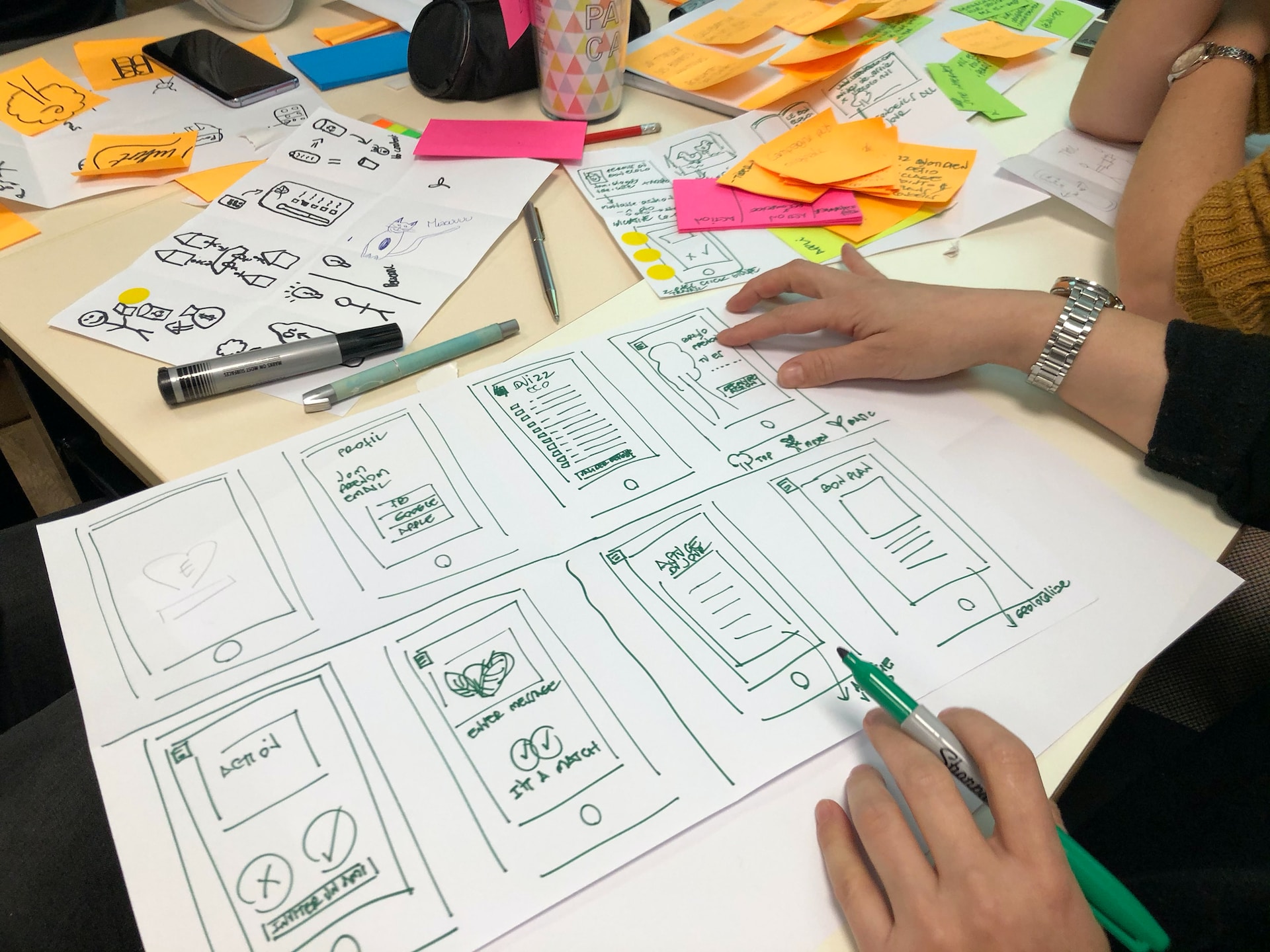Product management is a crucial function within any organization that deals with developing and launching new products on
the company's roadmap. The role of a product manager involves coordinating and managing the various aspects of the product development process, from ideation to launch.
Stage 1: Ideation and Research
The first stage of the product management process involves ideation and research. This stage is all about identifying the customer's needs and finding gaps in the market that the organization can fill. Product managers need to conduct thorough market research, analyze customer feedback, and study competitor products to identify opportunities for product development.
Let's say that a company that produces fitness wearables is planning to launch a new product. The product manager would conduct market research to identify trends in the fitness wearable market, study customer feedback to understand what features are important to them, and analyze competitor products to identify gaps that the company can fill.
Stage 2: Product Definition and Strategy
Once the ideation and research stage is complete, the product manager needs to define the product and develop a product strategy. This stage involves determining the product's features, identifying the target audience, and
creating a go-to-market plan. Product managers with a strong product sense navigate the user research, find
Back to our example, if the fitness wearable company's research identified a gap in the market for a wearable device that tracks hydration levels, the product manager would define the features of the product, identify the target audience (such as athletes or fitness enthusiasts), and develop a go-to-market plan that includes pricing, distribution, and promotion strategies.

Stage 3: Development and Design
The development and design stage of the product management process involves creating a prototype of the product, testing it, and refining it based on feedback. Product managers work closely with designers, engineers, and developers to ensure that the product meets the defined specifications.
The fitness wearable company's product manager would work with the design and engineering teams to create a prototype of the hydration tracking device, test it with focus groups, and refine it based on feedback.
Stage 4: Testing and Launch
Once the product is developed and refined, the product manager needs to test it rigorously to ensure that it meets the defined specifications and is ready for launch. This stage involves conducting beta tests and gathering feedback from users. Once the product is ready, the product manager works with the marketing team to
articulate the product's positioning.
The fitness wearable company's product manager would conduct beta tests with athletes and fitness enthusiasts to ensure that the hydration tracking device is accurate, reliable, and meets their needs.
Stage 5: Post-Launch Analysis
The final stage of the product management process involves analyzing the product's performance after launch. Product managers need to monitor the product's sales, gather feedback from customers, and make adjustments to the product based on this feedback.
The product manager for the fitness wearable would monitor sales of the hydration tracking device, gather feedback from customers about its performance and features, and make adjustments to the product based on this feedback.
Key Responsibilities of a Product Manager
Product managers have a
broad range of responsibilities throughout the product management process. Here are some of the key responsibilities of a product manager:
Conducting market research and analyzing customer feedback to identify opportunities for product development.
Defining the product and developing a product strategy.
Coordinating and managing the various teams involved in product development.
Creating a go-to-market plan that includes pricing, distribution, and promotion strategies.
Testing the product rigorously to ensure that it meets the defined specifications.
Analyzing the product's performance after launch and making adjustments based on feedback.
The product management process is a crucial aspect of any organization that develops and launches new products. Each stage of product development has its own set of tasks, and product managers are responsible for coordinating and managing the entire process. By following a structured method, organizations can increase their chances of developing successful products that meet customer needs and drive revenue growth.





